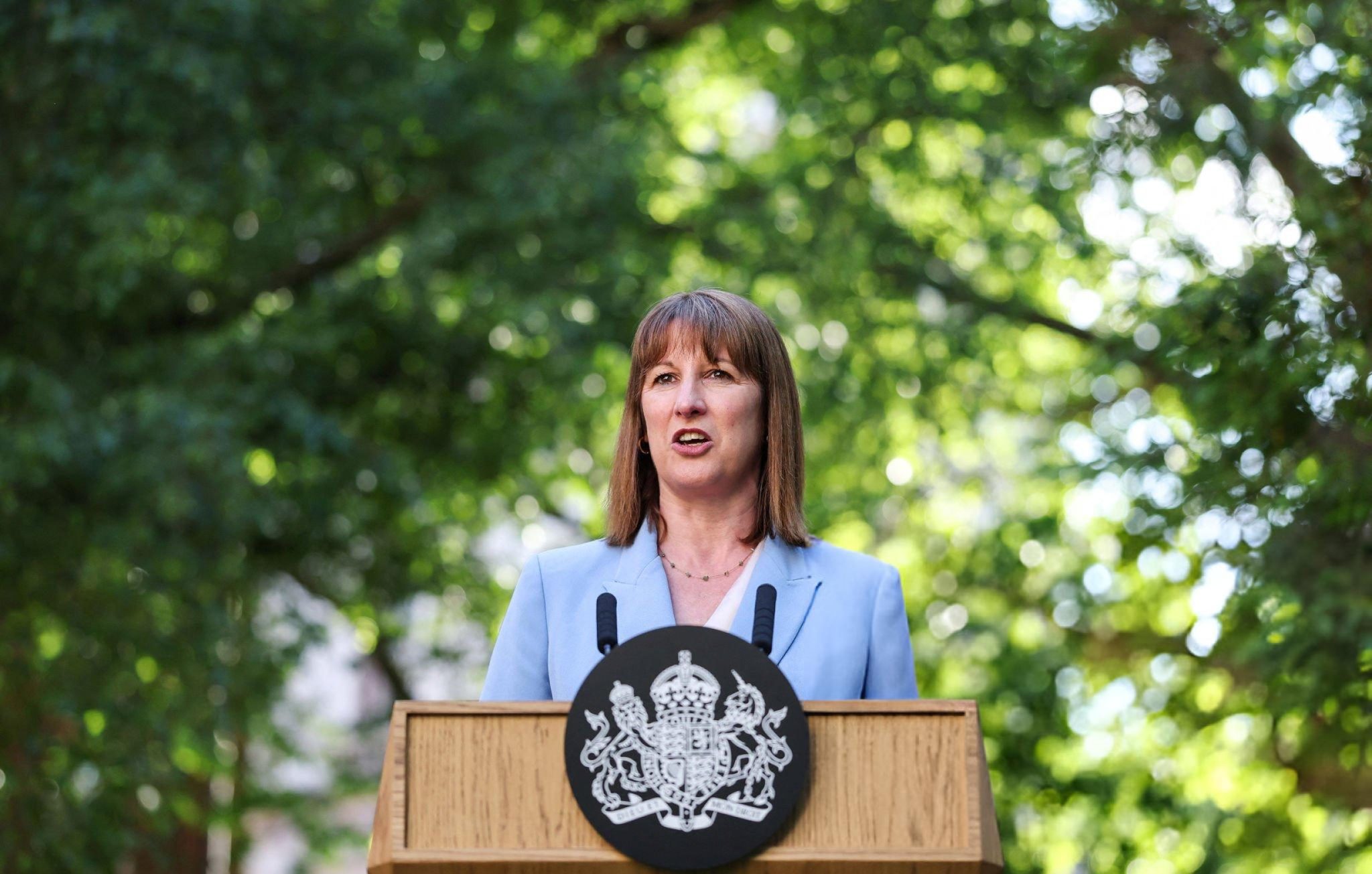April marks fourth-highest borrowing on record as fiscal rules come under scrutiny
Chancellor Rachel Reeves is facing mounting pressure after figures revealed that UK Government borrowing surged to £20.2 billion in April, well above analysts’ forecasts and marking the fourth-highest April borrowing figure since monthly records began more than three decades ago.
The data, published by the Office for National Statistics (ONS), show that public sector net borrowing increased by £1 billion compared to the same period last year. This sharp rise in borrowing now casts doubt over the Chancellor’s ability to meet her fiscal rules — particularly the goal of balancing the Government’s day-to-day spending with revenues by the end of 2029-30.
Public sector borrowing measures the shortfall between what the Government spends and what it raises through taxation and other income. The figure of £20.2 billion for April significantly overshot the £17.6 billion forecast by City economists and financial analysts.
ONS deputy director for public sector finances, Rob Doody, said: “At £1 billion higher than the same time last year, this April’s borrowing was the fourth highest for the start of the financial year since monthly records began more than 30 years ago. Receipts were up on last April, thanks partly to the higher rate of national insurance contributions. However, this was outweighed by greater spending, due to rising public services’ running costs and increases in many benefits and state pensions.”
Indeed, the increased burden on the Treasury has been attributed largely to higher spending across key sectors. Rising public sector pay, alongside uplifts in national insurance payments and benefit increases, have all contributed to a more expensive month for the Government. The state pension triple lock also played a significant role, with pensions rising by 8.5% in April.
The figures pose a political as well as economic challenge for Chancellor Reeves, who has repeatedly committed to rebuilding public services while sticking to fiscal discipline. Balancing those priorities may now prove more difficult amid ballooning short-term borrowing.
In a statement, a Treasury spokesperson said: “We remain committed to managing the public finances responsibly while investing in the services the public relies on. Global economic challenges and inflationary pressures have had a significant impact, but we are focused on growing the economy, bringing down debt over time, and protecting the most vulnerable.”
Despite the challenges, tax receipts did see an improvement, rising to £87.8 billion — an increase of nearly £4 billion from April 2024. Much of this was driven by strong national insurance contributions following recent policy changes. However, this uplift in income was not sufficient to offset the substantial increase in expenditure, which climbed to £107.3 billion for the month.
Experts say the Chancellor may face difficult decisions in the months ahead. With spending demands mounting in health, education, and welfare, and a commitment to avoid further tax hikes for working families, finding fiscal room to manoeuvre will be a major test of her stewardship.
While the UK’s overall debt as a percentage of GDP remains high, borrowing in April also pushed the country’s debt interest payments higher, particularly due to inflation-linked bonds. These payments are becoming increasingly costly to service.
Rachel Reeves has reiterated that long-term economic growth is central to her fiscal strategy, with increased productivity and private sector investment expected to improve revenues over time. But critics argue that the Government must be realistic about the fiscal pressures it faces in the short term, particularly if public services are to be meaningfully improved.
With the general election looming and household budgets still under strain from inflation and stagnant wage growth, the public will be watching closely to see how the Chancellor balances the books — and the political consequences if she cannot.






